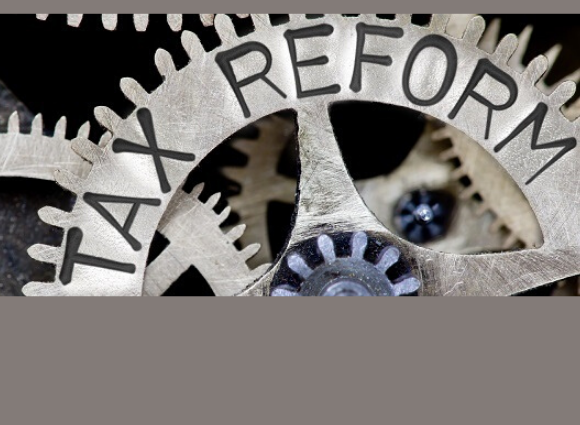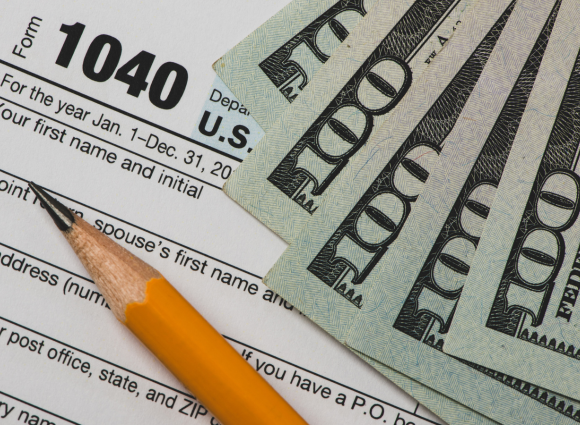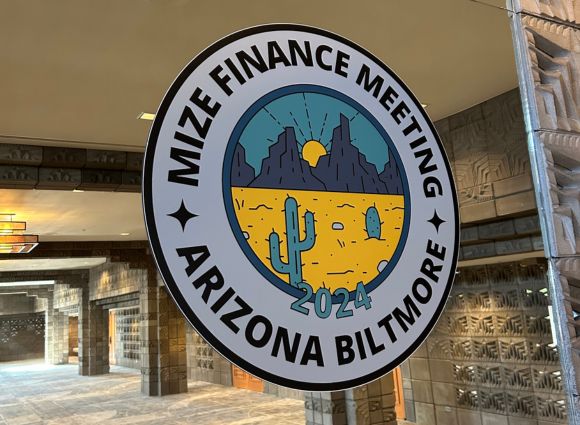
Year-End Tax Planning for Restaurants in the Wake of the Tax Cuts and Jobs Act
 |
| Carol Casale, CPA/ABV, CVA |
The Tax Cuts and Jobs Act may prove to be historically influential legislation for the restaurant industry. While it’s true that some restaurant owners will benefit from the legislative changes more than others, there is one thing in common: the need to revisit tried-and-true tax planning strategies. Many of the provisions in the Tax Cuts and Jobs Act (TCJA) went into effect this year, which means that 2018 and 2019 year-end tax planning is of the utmost importance. In the restaurant industry, there are a couple provisions in particular you will want to consider.
Depreciation Changes
The recent tax reform expanded two depreciation expensing provisions: bonus depreciation and Section 179 expensing. Both of these provisions allow for the immediate expensing of capital purchases in lieu of taking depreciation deductions over the life of the asset, which could extend up to 39 years.
- BONUS DEPRECIATION
- Bonus depreciation allows the business to take an immediate deduction when it purchases a qualifying capital asset. Beginning in 2018, 100% of the asset’s purchase price can be expensed immediately, up from 50% in 2017. It will remain at 100% through tax year 2022 and will phase out by 20% each year until 2027.
- SECTION 179 EXPENSING
- Section 179 expensing provides the business with a deduction of up to $1 million on capital expenditures, up from $520,000 in 2017. This deduction will be phased out when qualifying purchases exceed $2.5 million.
The TCJA generated an opportunity for taxpayers to immediately expense building improvements that were previously ineligible for such treatment. The ability to utilize bonus depreciation for building improvements such as HVAC systems is less clear. The provision necessary to allow this tax treatment was mistakenly left out of the legislation, though many tax professionals are hopeful that a correction bill to remedy this oversight will be passed before year end.
CONSIDERATIONS
Lawmakers’ goal for instituting these depreciation changes was to encourage business growth, and we can certainly see why. Such a large depreciation deduction can free up enough tax dollars to make a restaurant remodel, or a move to a different location, or the opening of a new franchise seem feasible. However, restauranteurs should take a multi-year approach to tax planning. Even if you are eligible to immediately expense property improvements, should you? By taking a large expense in the current year, you are foregoing a series of smaller deductions in the years down the road, when your income may be higher.
Additionally, in a flow-through entity, each owner will view the deductions differently. Active participants in the business will gladly take the depreciation because they can utilize those deductions to offset any type of income they have. Passive owners, such as family members who are not active in the business, on the other hand, are only able to take a deduction to the extent they have active business income. Take each individual’s tax needs into account before making a decision.
Qualified Business Income Deduction
The Qualified Business Income (QBI) Deduction can be a tax planning game-changer for restaurant owners. It was created to even out the playing field between C corporations and flow-through entities. The TCJA reduced the C corporation tax rate to a low 21%, while the highest individual income tax rate remains at a much higher 37%. The QBI deduction mitigates this discrepancy by providing flow-through entity business owners a 20% deduction, lowering their effective tax rates to be more competitive with C corporations.
There are, however, a few limitations to be aware of. The deduction cannot exceed 20% of the owner’s modified taxable income, and it will also be limited for high earners. Married taxpayers whose taxable income exceeds $315,000 will begin to phase in the following limitation, reaching full limitation when they reach $415,000:
The deduction will be limited to the greater of (1) 50% of the W-2 wages in the business, or (2) the sum of 25% of the W-2 wages in the business and 2.5% of the unadjusted basis in depreciable business property.
CONSIDERATIONS
The QBI deduction will most likely be a significant benefit to restaurant owners, though there may be a few situations to consider first.
Take, for instance, an S corporation whose shareholders are comprised of both low-income and high-income investors. The QBI deduction may be beneficial to the participants whose taxable incomes are below the limitation thresholds, but the same deduction may be unavailable to high earners.
And unfortunately, there are still some unknowns surrounding the QBI deduction, making tax planning difficult. As of the writing of this article, proposed regulations have been issued that should begin to help provide clarification for those taxpayers for whom the impacts of the QBI deduction will require more careful planning.
Final Thoughts
The strategies that worked for you in the past may not be the strategies that serve you going forward, and that’s ok. This year, tax planning should be more holistic. You should take all aspects of the business – from capitalization decisions, to risk tolerance, to entity selection – into account. Start the discussion now.



